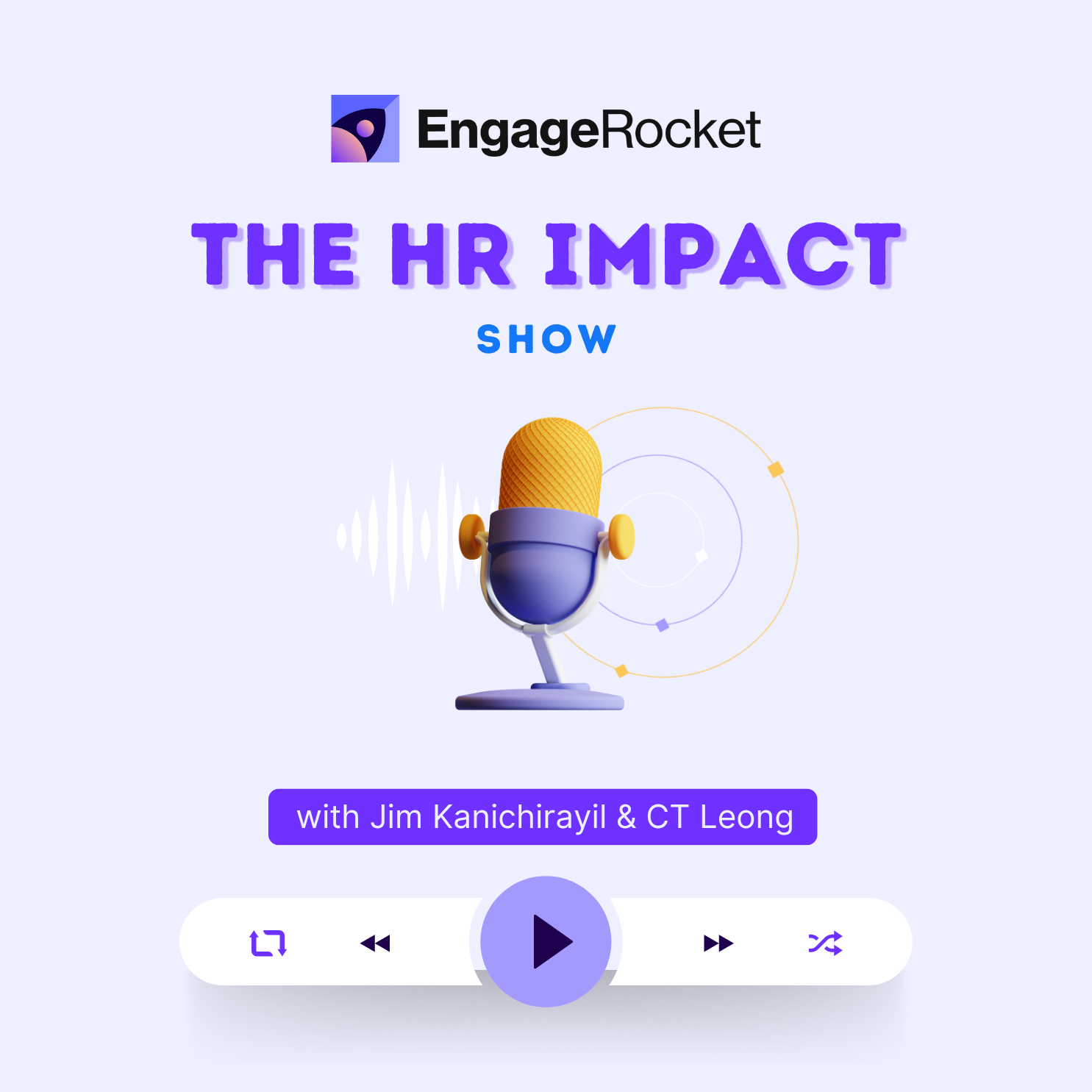- After-Shows
- Alternative
- Animals
- Animation
- Arts
- Astronomy
- Automotive
- Aviation
- Baseball
- Basketball
- Beauty
- Books
- Buddhism
- Business
- Careers
- Chemistry
- Christianity
- Climate
- Comedy
- Commentary
- Courses
- Crafts
- Cricket
- Cryptocurrency
- Culture
- Daily
- Design
- Documentary
- Drama
- Earth
- Education
- Entertainment
- Entrepreneurship
- Family
- Fantasy
- Fashion
- Fiction
- Film
- Fitness
- Food
- Football
- Games
- Garden
- Golf
- Government
- Health
- Hinduism
- History
- Hobbies
- Hockey
- Home
- How-To
- Improv
- Interviews
- Investing
- Islam
- Journals
- Judaism
- Kids
- Language
- Learning
- Leisure
- Life
- Management
- Manga
- Marketing
- Mathematics
- Medicine
- Mental
- Music
- Natural
- Nature
- News
- Non-Profit
- Nutrition
- Parenting
- Performing
- Personal
- Pets
- Philosophy
- Physics
- Places
- Politics
- Relationships
- Religion
- Reviews
- Role-Playing
- Rugby
- Running
- Science
- Self-Improvement
- Sexuality
- Soccer
- Social
- Society
- Spirituality
- Sports
- Stand-Up
- Stories
- Swimming
- TV
- Tabletop
- Technology
- Tennis
- Travel
- True Crime
- Episode-Games
- Visual
- Volleyball
- Weather
- Wilderness
- Wrestling
- Other
How Does Systems Thinking and Empathy Help You Build Elite Teams?
Summary:Matt Dyason, VP of HR at Stash, shares his insights on how to be a better problem solver in HR and how to sharpen HR strategy. He emphasizes the importance of understanding the business strategy and aligning HR programs to support it. Matt breaks down the people experience into three pillars: people, programs, and technology. He highlights the significance of building trust and creating a safe space for employees to learn and innovate. Matt also discusses the importance of mapping out the employee journey, identifying choke points, and leveraging technology to optimize HR processes.Key Takeaways:
Understanding the business strategy is crucial for HR to build effective people programs.Building trust and creating a safe space for employees to learn and innovate is essential for success.Mapping out the employee journey and identifying choke points can help optimize HR processes.Technology should be aligned with business requirements and not used as a band-aid solution.<br/>
Timestamp [0:03:20] Three pillars of HR: people, programs/processes, and technology[0:04:27] Building trust and creating a safe space for teams[0:06:07] Dealing with failure and learning from mistakes[0:08:29] Importance of root cause analysis and data in problem-solving[0:10:40] Optimizing the people experience through touch points[0:12:58] Journey mapping and tailoring processes to specific needs[0:14:49] Technology should be implemented incrementally, not as a fix-all solution[0:18:43] Problem-solving approach: mapping, data assessment, and refinement[0:19:01] Leading with empathy and trust to improve HR function[0:19:45] Mechanisms for success and self-service
Mentioned in this episode:HR Impact Show Outro Show outro and CTA
Music: Studio Kolomna - "Risk" - Pixabay HR Impact Intro Mission of the show
Music: Studio Kolomna - "Risk" - Pixabay

